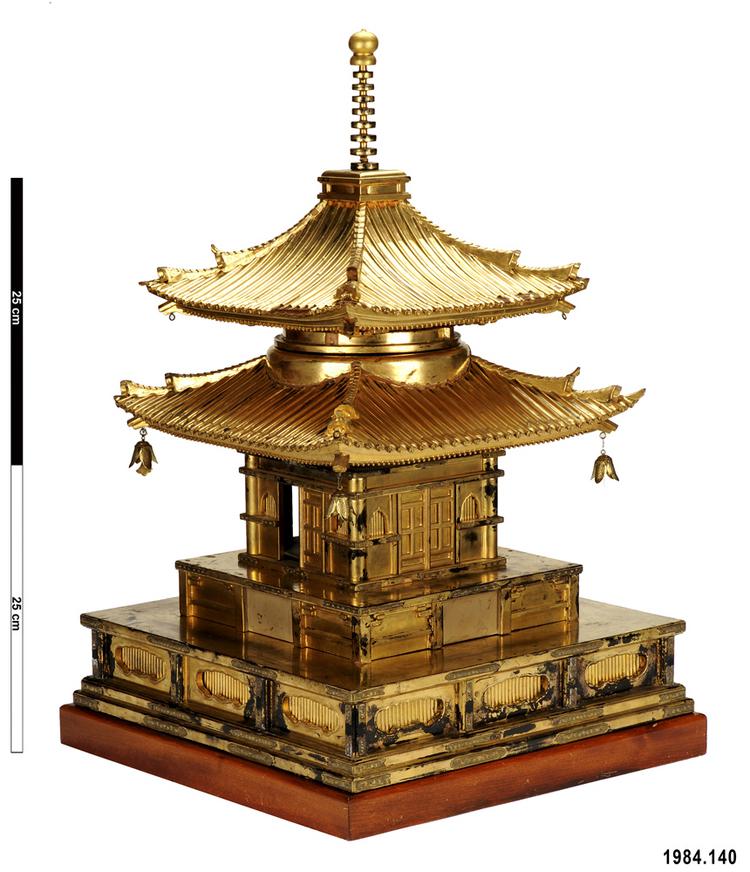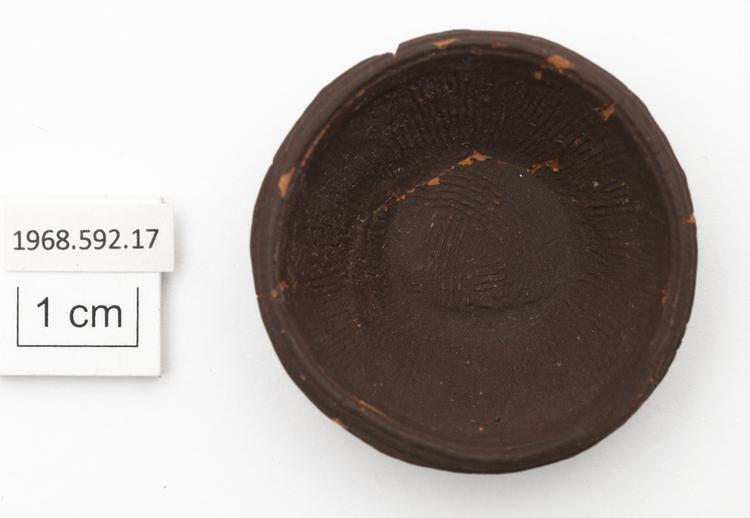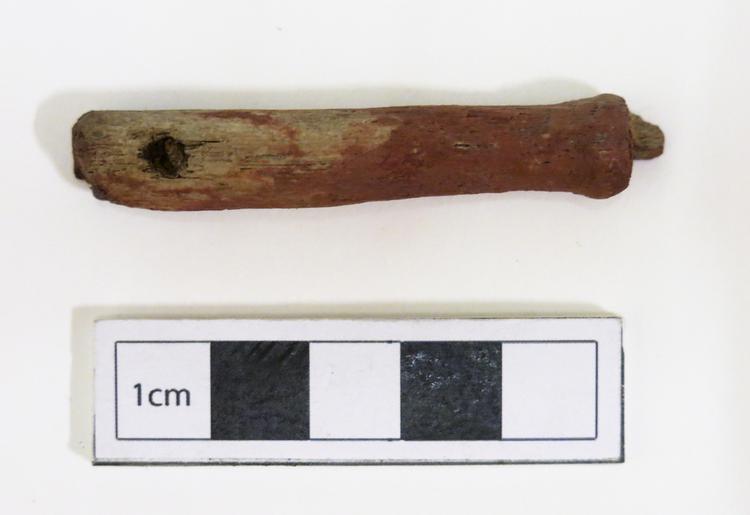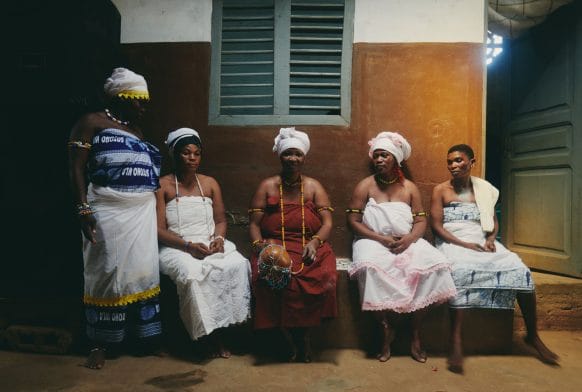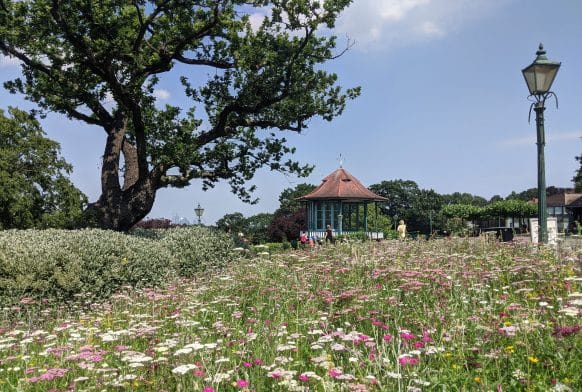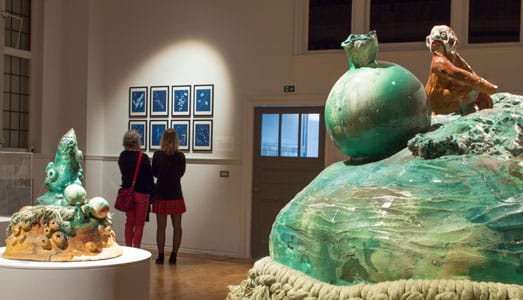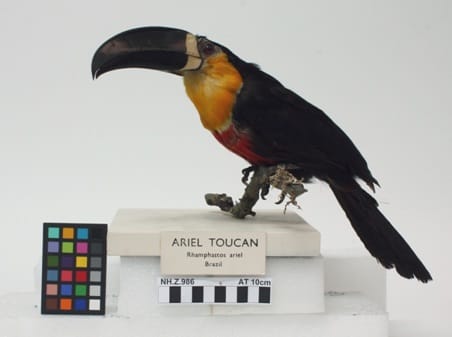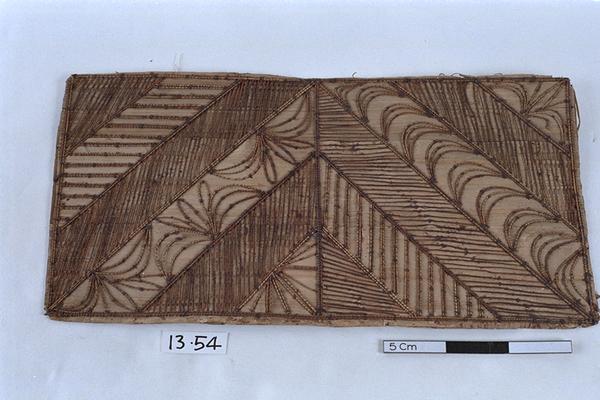
Three dimensional stencil board for water marking traditional bark cloth (hiapo). The rectangular base of the ‘upeti is formed form a piece of coconut spathe which is over laid with a relief pattern formed from the pinnules of the coconut leaf. These are stitched to the spathe sheet with coconut husk fibre in a composite design which mingles a traditional hatched herring bone design with a radiating crescent shapes.
Design Rubbing-Board, ‘Upeti, For Decorating Barkcloth, Samoa. The production of many artworks requires that others be created beforehand to enable them, and this is true of Oceania as everywhere else. Known as an ‘upeti (‘pattern’), this wooden board is overlaid with the thinly split central ribs of coconut leaves, which are ‘stitched down’ with many minute lashings of coconut husk cordage right through the board. This created a textured 3D surface which served as a secondary artwork for the decoration of painted barkcloth. Painted barkcloths were among the most valuable materials in Western Polynesia, and very large bolts of cloth acted as a form of currency on special occasions such as weddings, chiefly investitures, funerals, and so on. During the second stage of the cloth’s manufacture, the female artists set the ‘upeti between the flat working table (papa) and the plain white cloth. The cloth is then ‘watermarked’ with the design on the ‘upeti by rubbing it over with ink-soaked sponges of cloth. The pattern may then be left as a subtle background layer, or drawn out on the final cloth by careful over-painting by hand. Wood, coconut fibre. Late 19th Century. Formerly in the private collection of Mr James Edge Partington.



